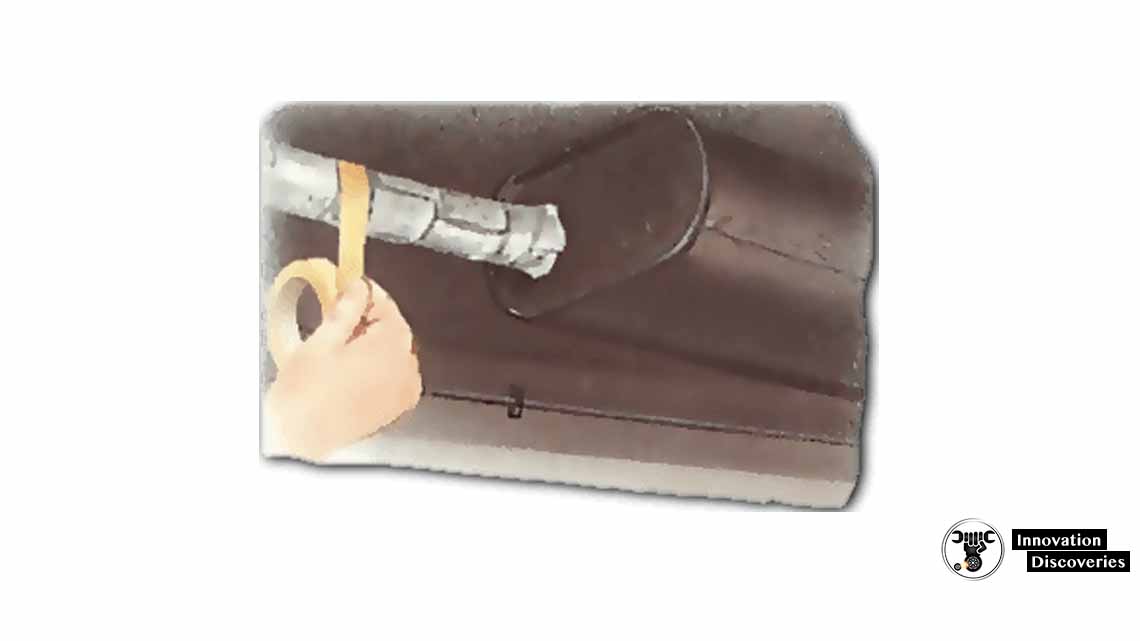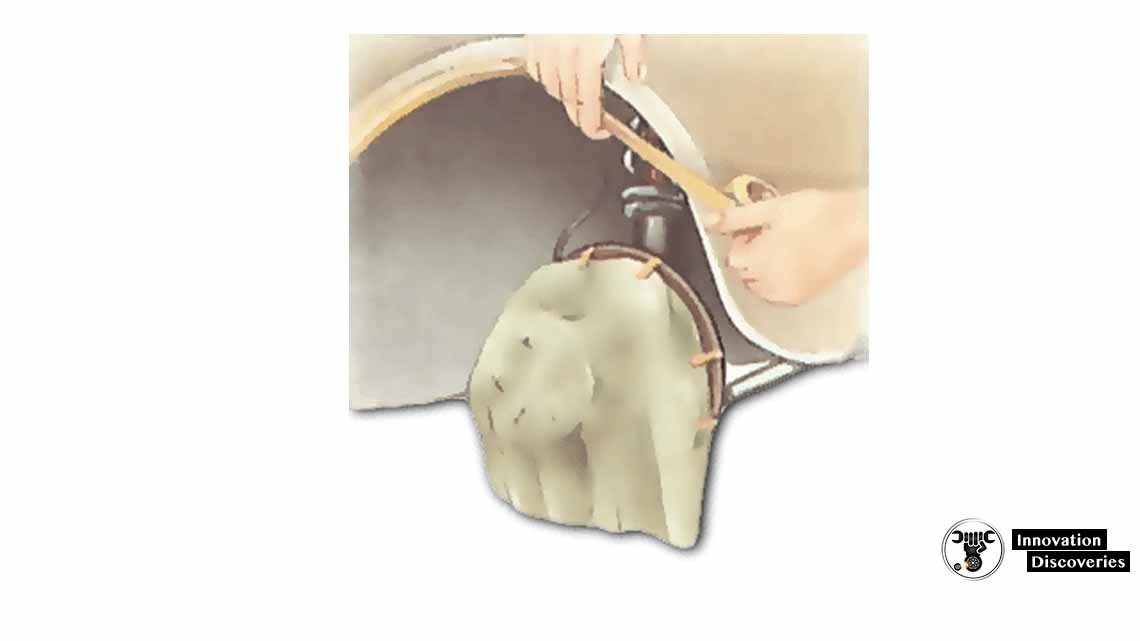On a fairly new car,
Covering the underbody with a sealing compound will discourage corrosion.
It can be sprayed on under pressure or brushed on.
Where to apply underbody sealant
But if there is already considerable rust,
Applying a sealant will accelerate corrosion rather than protect the underbody against it,
Because the corrosion will spread unseen and unchecked beneath the covering layer.
Raise the car securely on ramps or axle stands, and check the underside.
If the floor and the insides of the front and rear wings are already rusty,
Do not attempt to seal.
A sealant will be effective only if the underside of the car is completely clean.
Wash it thoroughly with hot water containing a small amount of detergent,
And when it is dry apply a proprietary engine -cleaning solvent with a stiff brush.
Use a hose to remove the residue.
When the underbody is dry, clean off any remaining film of dirt,
Oil or grease with a clean cloth moistened with white spirit.
After cleaning, treat any small areas of rust with a proprietary rust remover.
When it is dry, apply a coat of pure zinc primer or a rust inhibitor.
Parts of systems attached to or passing beneath the underbody,
Such as the exhaust system, hydraulic pipes,
And the moving parts of the braking and suspension systems,
Need to be masked before the sealant is applied.
Professionals apply underbody sealant with a spray gun. The best way to do the job at home is with an old 2in. (50 mm) paintbrush.
Sealants are sticky to use and difficult to remove from your skin.
Wear old clothes that can be thrown away afterward,
A head covering, protective goggles and rubber gloves.
Cover your working area, such as a concrete drive, with old newspapers,
An old dust sheet or plastic sheeting to catch the drips.
Applying the sealant
Prepare the sealant as directed on its container.
Following the maker’s instructions,
Start applying the sealant under the floor area starting at one end of the car and
Working methodically to the other.
Apply generously, painting all unmasked parts.
Work in sections, and check each section with a torch to make sure;
It is completely covered before you move on.
When coating the wings,
Start at the front with the difficult areas;
The top front and top rear corners. Check with a torch that these areas are completely sealed.
Coat the rest of the underwing areas,
Making sure the wheel-arch edge is well covered.
Front wings with a built-in plastic underwing do not need treatment.
On completion, remove all the masking when the sealant is set,
Not forgetting the tape covering the drain holes.
If you have accidentally applied sealant to the paintwork,
Clean it off with white spirit while it is still soft.
Patching uncoated areas
New, unsealed parts fitted to a sealed underbody should be treated with sealant as soon as possible.
If an existing sealing coat has begun to lift,
The damaged areas should also be retreated at once.
If possible, use the same type of sealant as that already applied. Mastic-based sealants are not always compatible with factory-applied underbody sealants.
If you patch the sealing coat with a product,
That is not approved by the car manufacturer,
The corrosion warranty may be invalidated.
Peel off damaged or lifting sealant with a knife blade. Workaround the area until you reach a sound part. Remove any dirt on the metal with a stiff brush,
And use a neutralizer on any rust patches.
Clean the area with a cloth moistened with white spirit,
And wipe dry. Mask any moving parts nearby or parts that heat up,
Before applying the sealant.
For small patches, sealant in an aerosol can is easy to apply.
Preparing the car
Components that get hot or have moving parts must not be coated with a sealant.
Use newspaper, brown paper, pieces of cardboard and old rags,
Held in place with masking tape, to protect them. Large parts such as the engine,
Gearbox and back axle are easy to avoid and need not be masked.
Wrap carton around smaller parts of the engine,
Such as the propeller and driveshaft.
Remove the wheels, and where the sealant is to be applied close to the suspension,
Tape newspapers over the pivots and cover any grease nipples with tape. Wrap pieces of rag around ball joints in the steering system.
Also, read – Electric vs Hydraulic Power Steering


Wrap cardboard round coil springs and telescopic dampers. Mask leaf springs and lever dampers with newspaper or old rags. Also, wrap cardboard and newspaper round the exhaust system.
Do not apply a sealant to any brake pipes.
It prevents thorough inspection of the pipes for rust,
And if the sealant is penetrated, local corrosion will be accelerated.
Do not coat the handbrake linkage; wrap the cables securely with brown paper;
And make sure the pivots are masked.
When working inside the wings, drape the or
Drum assembly and the suspension arms with an old cloth or plastic bag.
Under the wings, mask the backs of any lights,
Such as headlights, sidelights, side markers, and direction indicators.
Do not seal any areas that are used as jacking points.
Tape over all box-section drain holes to prevent them from becoming blocked with sealant.
Credit – howcarwork
Also, read:


One Comment